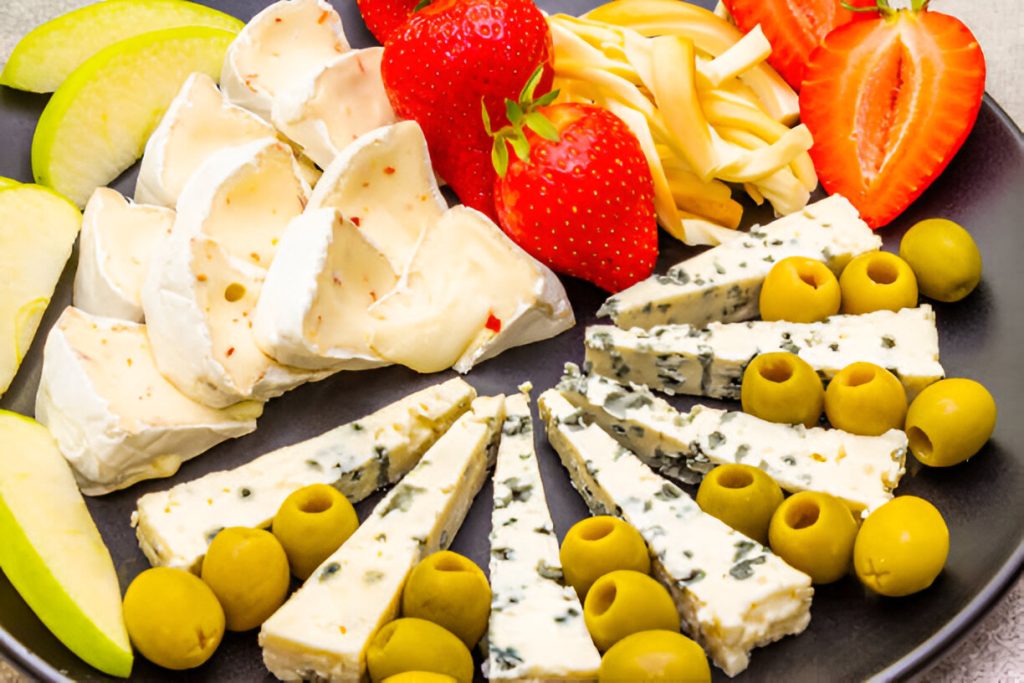Bavaria is a region in Germany that is famous for its natural beauty. It has charming villages and the region’s centuries-old heritage. Another important thing that has become worldwide famous is traditional Bavarian cheese. Simply put, Bavarian cheese is an essential ingredient in local Bavarian cuisine and a testament to centuries of craftsmanship, tradition, and commitment to quality. Bavarian cheese comes in various types, including soft and hard ones.
If you have been searching for the history and variety of Bavarian cheese famous in the region, you have landed on the right platform. In this blog, we will shed light on the same topic to explore it more.
Let’s get dived into it!
History Of Bavarian Cheese
The history of cheese in Bavaria is rooted in the region’s monastic traditions and agricultural practices. Back then, Monks used to preserve milk from their dairy forms and developed different techniques to make cheese. With time, these techniques resulted in making Bavarian cheese a symbol of the culinary identity.
The lush green meadows of Bavaria offered the perfect environment for raising cows. That is why high-quality milk laid the foundation of Bavarian cheese.
Variety Of Bavarian Cheese

Bavaria features different types of traditional Bavarian cheeses. They all have a specific flavor profile made through a different production method. Some of the most famous popular types of Bavarian cheese are:
- Bavarian Blue Cheese: Bavarian blue, also known as Bayerischer Blauschimmelkäse, is a creamy, mild blue cheese made from cow milk. It has a crumbly, soft texture and delicate blue veining. The flavor is buttery and rich, with a subtle tang that goes well with nuts, fruits, and a glass of Riesling.
- Weißlacker: Weißlacker, also known as Beer Cheese, is a pungent, strong-smelling cheese with a washed rind. It was initially produced in Bad Tölz and is famous for its intense flavor. For that reason, it pairs well with malty, dark beers. The cheese has a salty and rich taste with a semi-soft texture that lingers on the palate.
- Allgäuer Emmental: Originating from the Allgäu region of Bavaria, this hard cheese has big holes called eyes. Its slightly sweet and nutty flavor increases with age. The traditional cheese is used as an ingredient in various dishes like Käsespätzle, a cheesy pasta. Interestingly, the quality of this cheese is protected by the EU’s Protected Designation of Origin status, so only cheese produced in this region can hold this name.
- Obatzda: Obatzda is not cheese but a Bavarian cheese spread. It is made from ripe Brie or Camembert mixed with onions, butter, and spices. It is a staple in Bavarian beer gardens, served with cold beer and pretzels. The spread is flavorful, creamy, and slightly tangy. It is often seasoned with caraway seeds and paprika.
- Bavarian Camembert: Bavarian Camembert is a soft cheese with a bloomy, white rind. While similar to the French version, it is milder and creamier. It features a buttery texture that melts in the mouth. It is generally enjoyed with fruit, fresh bread, and a light white wine.
Bavarian Cheesemaking
Making Bavarian
Cheese using traditional techniques is a craft that requires practice, skill, and a deep understanding of the natural environment. Most of the Bavarian cheese is handmade to preserve its essence and authenticity. These cheeses use traditional methods that have been perfected over centuries.
Cheesemaking Traditional Techniques
Many Bavarian traditional cheeses are made using traditional practices and techniques passed down to generations. For instance, making Emmental involves heating pure milk to a specific temperature and adding Renner to cuddle it. The curd is then pressed into molds. Finally, the cheese is aged in humid, cold cellars for months, creating a distinctive color and texture.
Penicillium roqueforti is used to produce blue cheese. Interestingly, a mold creates the cheese’s characteristic blue vines. The cheese is later pierced with needles to let air pass through it. This practice encourages mold growth, which develops the cheese’s distinctive tangy flavor.
Final Verdict
If we keep the natural beauty and Oktoberfest festival aside, the Bavarian region is famous for its Bavarian cheeses. These cheeses come in various flavors and textures to cater to many people’s tastes. They are available as essential elements at Bavarian beer gardens during Oktoberfest festivals. They feature fantastic flavor and caries the centuries-old culture of the Bavarian region.
